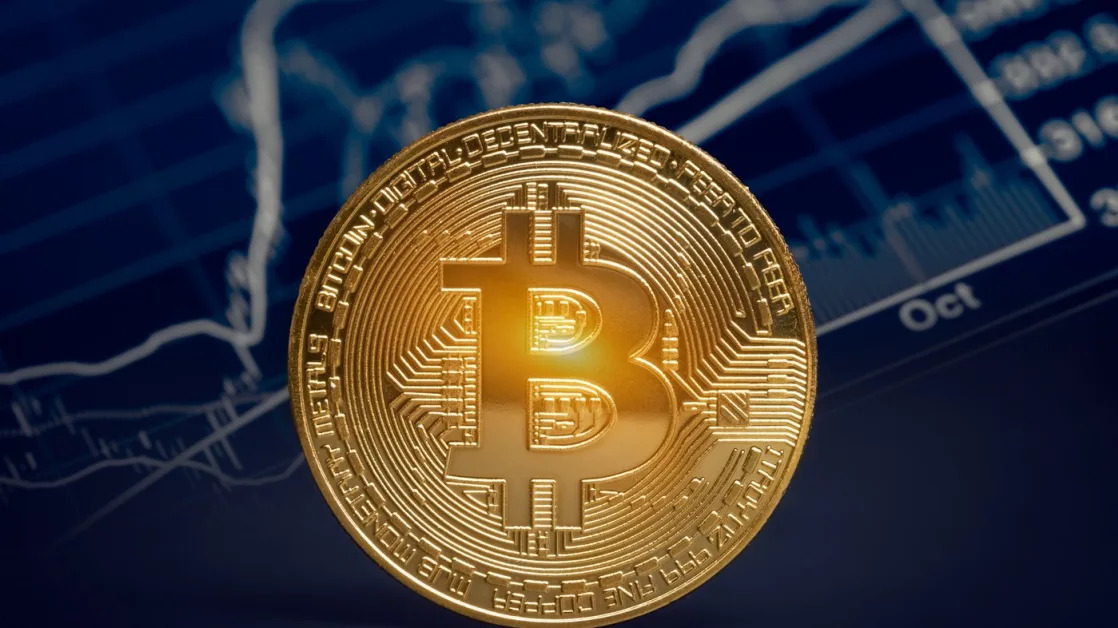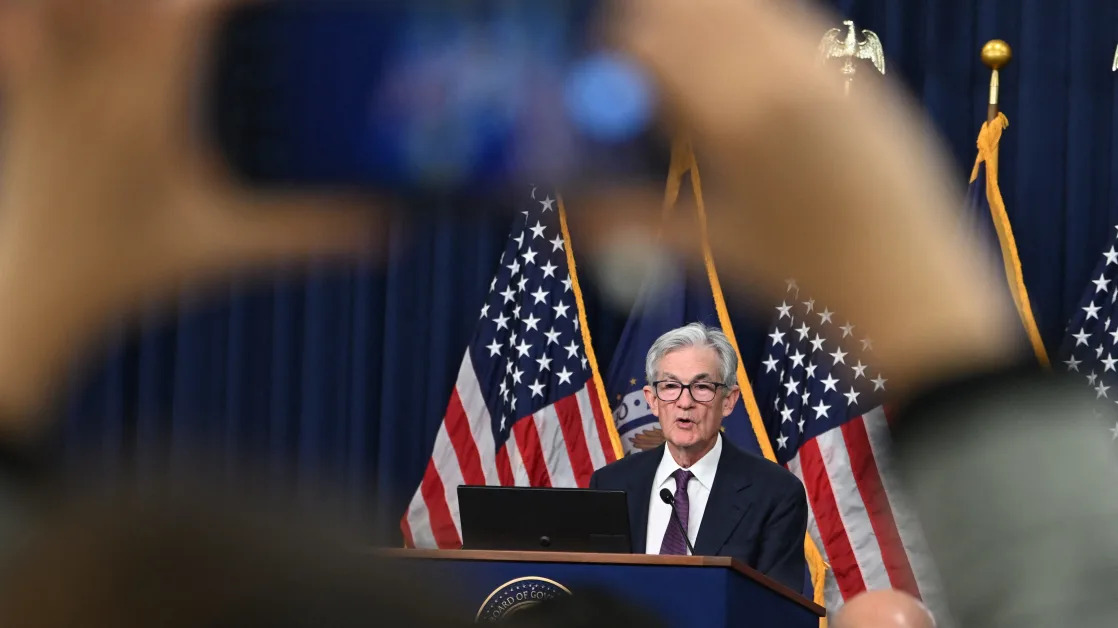(Bloomberg) -- A clutch of Federal Reserve officials on Wednesday welcomed fresh data showing a crucial gauge of consumer prices in December rose less than expected, giving them confidence inflation would continue to ebb.
“The process of disinflation remains in train. But we are still not at our 2% goal, and it will take more time until we can achieve that on a sustained basis,” New York President John Williams said Wednesday in Hartford, Connecticut.
His comments followed a monthly report on consumer prices published earlier in the day by the Bureau of Labor Statistics which showed underlying inflation unexpectedly softened for the first time in six months.
At a separate event in Annapolis, Maryland, Richmond Fed President Tom Barkin told reporters the new price data “continues the story we’ve been on, which is that inflation is coming down toward target.”
Like Williams, he cautioned that policymakers needed to finish the job. “I do still think we need to be restrictive to seal the final mile, if you want to put it that way, back to 2%,” he said.
Austan Goolsbee, president of the Chicago Fed, also pointed to the data as supporting his outlook for easing price pressures.
“The trend continues to be improvement in inflation,” he said. “I’m still optimistic for 2025 that we can continue growing and have a soft landing.”
None of the Fed officials indicated when they might support another rate cut.
Inflation Worries
The figures released Wednesday morning helped arrest growing concerns in financial markets about inflationary pressures. Those worries played a role in bringing the yield on 10-year Treasury notes in recent weeks to their highest levels in more than a year.
Investors are now betting the central bank is likely to lower its benchmark interest rate by half a percentage point this year after cutting it by a full percentage point in the final months of 2024. That’s in line with projections issued by Fed officials in December.
Recent surveys of consumers have registered an uptick in inflation expectations amid possible concerns about the impact of the incoming Trump administration’s policy proposals, which include higher tariffs on imported goods, though Williams downplayed the moves.
“Survey- and market-based measures show that inflation expectations remain well anchored,” Williams said, highlighting a New York Fed survey published Monday which he said “shows inflation expectations have stayed within their pre-pandemic ranges across all horizons.”
Other indicators suggest the labor market remains strong, reducing urgency among Fed officials to keep cutting rates. A monthly BLS report on employment published on Jan. 10 showed nonfarm payrolls increased by 256,000 in December — the most in nine months — and the unemployment rate edged down to 4.1%.
Rising Yields
Williams told reporters after his speech that the recent rise in long-term interest rates “is a reflection both of the strength of the incoming data but also markets’ uncertainty about issues of fiscal policy, other policies, global developments more generally,” given that market measures of inflation compensation haven’t also registered big moves.
“That seems to be more of a driver than, I would say, shifts in monetary policy or shifts in the underlying trajectory of the inflation or the employment data,” he said.
Williams also pointed to prices that are estimated, including ones that largely track stock-market moves, as a factor behind some of the higher inflation data observed over the last few months, echoing other Fed officials including Chair Jerome Powell and Governor Christopher Waller.
In his speech, Williams said he expects economic growth to slow to around 2% this year, “in part reflecting the effects of lower immigration.”
“The path for monetary policy will depend on the data,” Williams said. “The economic outlook remains highly uncertain, especially around potential fiscal, trade, immigration, and regulatory policies.”
--With assistance from Catarina Saraiva.
(Updates with comments from Fed’s Barkin and Goolsbee.)





